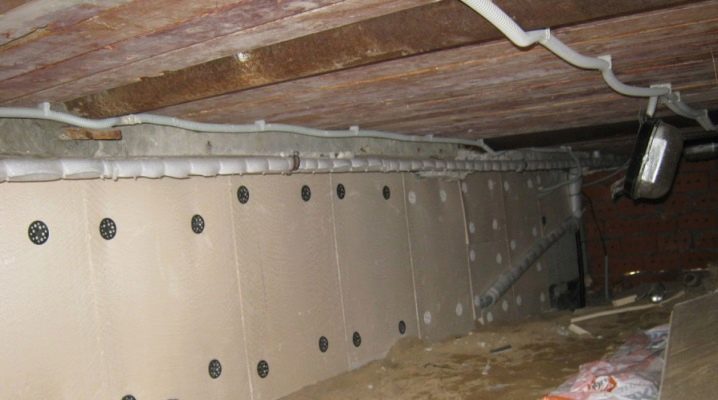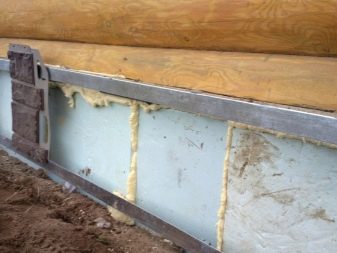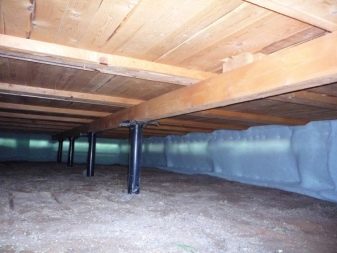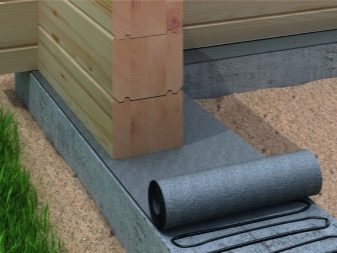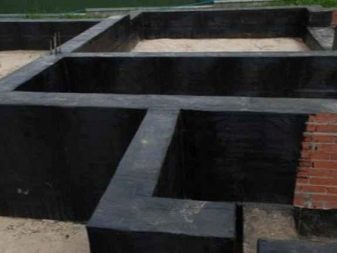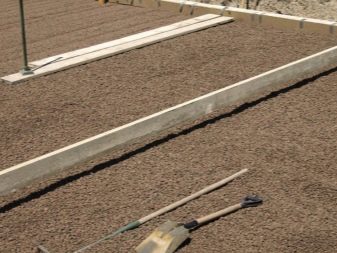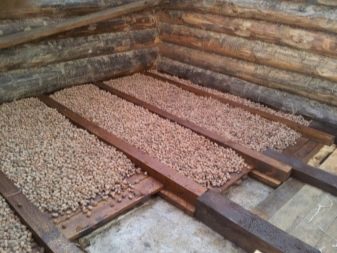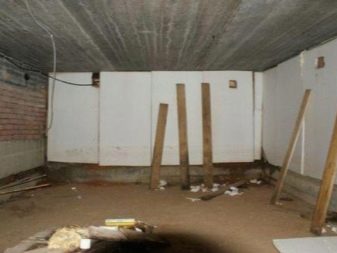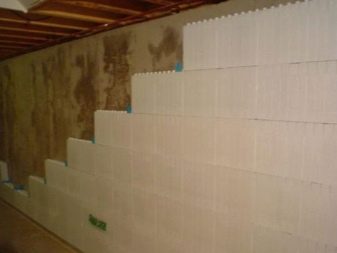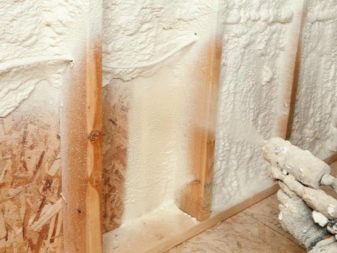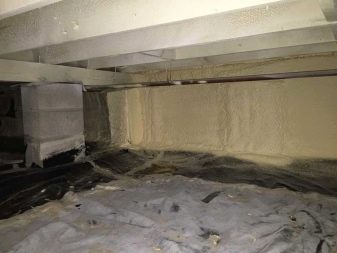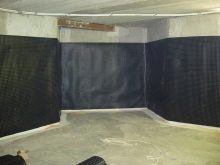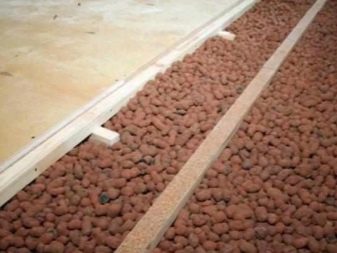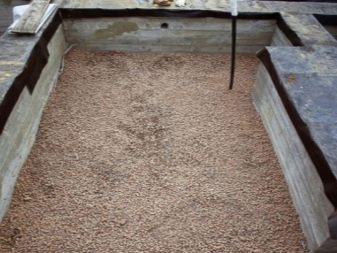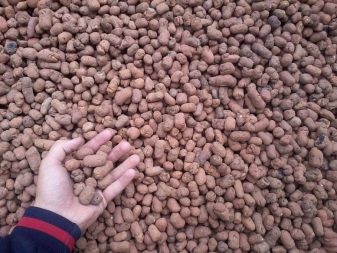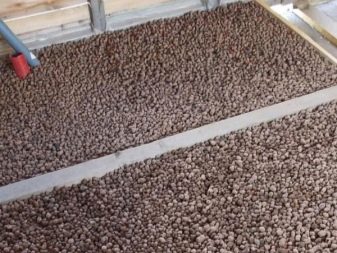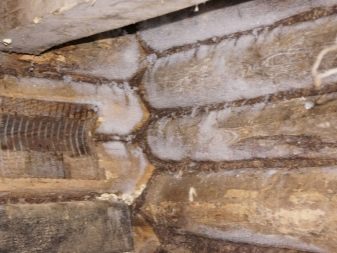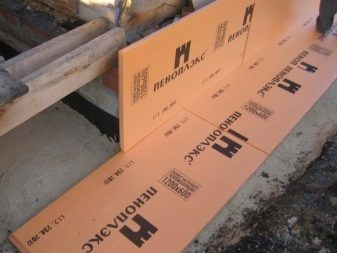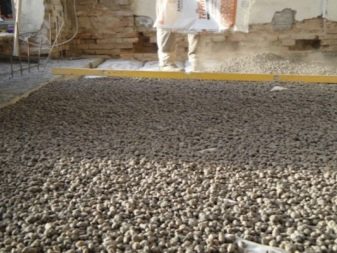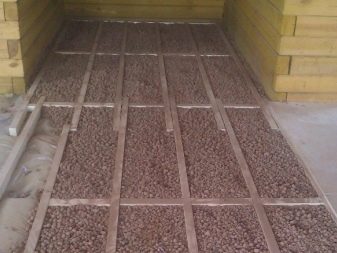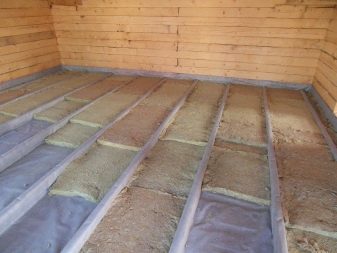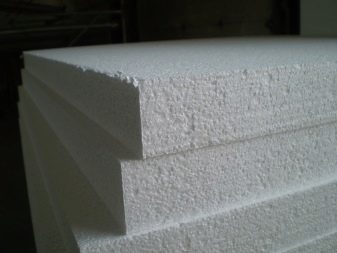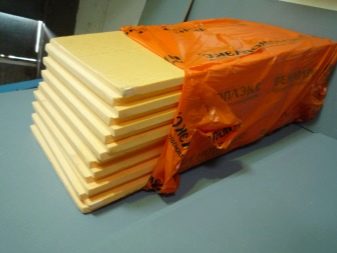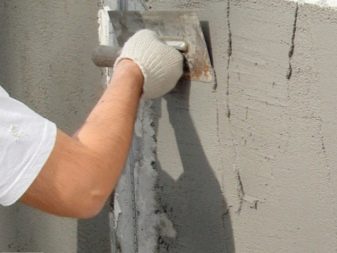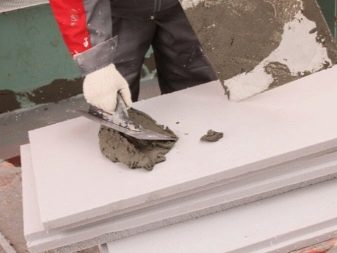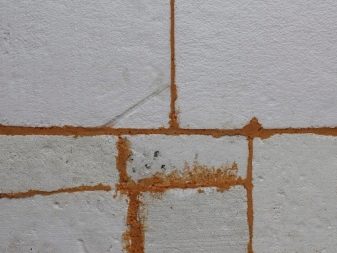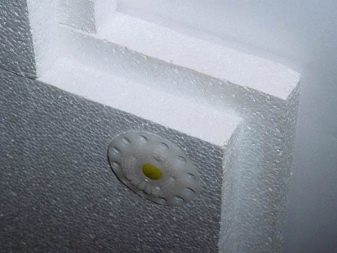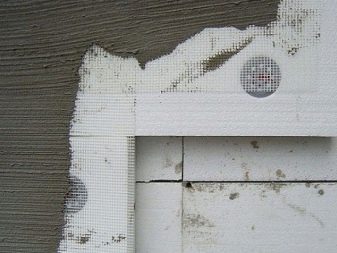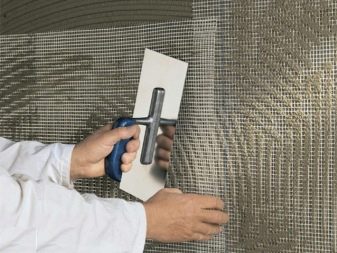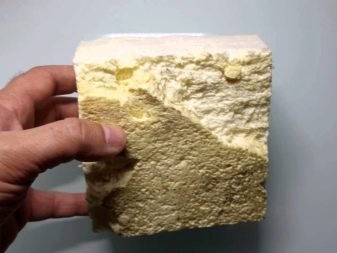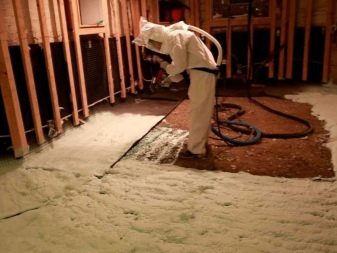Ways to insulate the foundation in a wooden house from the inside
In a wooden house, basement insulation is usually carried out outside, since this method helps to protect the foundation itself from freezing in winter. However, in some cases, external insulation is not effective enough, if not impossible for one reason or another, because you have to use insulation inside. It should be noted that the decision to insulate the basement of a private house from the inside will help protect the floor structure from freezing and increase the degree in the basement, however, the basement cannot protect itself. However, if this is an additional or uncontested measure, then it is not necessary to choose.
The methods of interior insulation of the basement are varied, and some of them even in parallel are part of the interior, but you should always start with reliable waterproofing of the foundation.
If it is impossible to protect the concrete externally from freezing, it is necessary to protect it at least from water penetration - for example, using penetrating insulation. Being dry, the foundation will not freeze so much, and therefore, the absence of external insulation will not become a critical disadvantage.
Types of insulation
Internal insulation materials are not so different from the outside. As a rule, one of the three basic materials is selected.
- Cover the basement with expanded clay - the cheapest and easiest of all solutions. With the help of such insulation it will be possible to reduce the effect of cold on the floor coverings due to the air cushion being created and to divert excess water. As a rule, the whole room under the floor is covered with claydite, because any other purpose of the basement becomes impossible. Alternatively, you can fill with claydite only formwork, specially installed on the inside of the walls of the basement, but then the level of heat saving will be greatly reduced. In principle, claydite cannot be called the most reliable insulation, because in capital buildings it is not used almost never, limited to use in summer houses and in summer houses.
- Internal insulation polystyrene foam, foam plastic or foam plastics, and also other plate materials recently becomes more and more popular. This solution is great for basements that are planned to be used as a living or storage room, since any other finish can easily be applied over the plates, and they themselves take up very little space. In the described situation, external and internal warming are usually combined, since it is possible to avoid condensation of moisture under the insulation. If there is no external insulation, you should take care of the complete removal of moisture and steam, since these materials do not let them through. To do this, the foundation should be impregnated with penetrating waterproofing, and inside the room to organize bilateral ventilation.
- Polyurethane insulation while it is relatively rare, since it is quite expensive and requires the obligatory involvement of specialists and special equipment. In its advantages, the result resembles that described above with the difference that, unlike plates, polyurethane foam is poured by a seamless method.This significantly improves the degree of insulation and almost completely eliminates the disadvantages of the plates, because this choice is considered universal.
What to look for?
Choosing a specific material, you need to make a start not only from its positive qualities and its own financial capabilities, but also from the specifics of the structure that you plan to insulate. The wrong choice of insulation may adversely affect the atmosphere of the basement, do not give a noticeable result, or may require unexpected additional costs. In order not to be mistaken, one should pay attention to a number of parameters at home.
- The construction of the structure plays an almost decisive role in the choice of insulation. If the basement is small, with low ceilings, and it is not particularly used at all, you can fill it with claydite, especially if no one lives in the house in the winter, or outdoor insulation is also present. It is pitiful and quite expensive to fill up the spacious basement with claydite, because it is worth considering other heaters.
- The presence of external insulation and a relatively mild climate allow the owner of the house to freely choose any insulation he likes for the inside of the basement, and if the basement is not insulated from the outside, and the climate is quite severe,to warm the basement is at least the plates.
- If the groundwater at the site is plentiful and located fairly close to the surface, this may be the reason for choosing claydite. The fact is that plastic insulators, although they do not allow water to pass through, if moisture is lost in the gaps between the wall and the insulator itself, they significantly shorten their service life. The problem can be solved with the help of penetrating waterproofing for walls - although this is an additional cost, but the basement will be more complete, and plates can be used for insulation.
- Depending on how serious the insulation the owner wants to see, one should choose from the “coolest” expanded clay through the “medium” plates and to really warm polyurethane foam. In the case of expanded clay, the reliability of thermal insulation strongly depends on the thickness of the used layer - laid out along the walls in the reinforcement, it will not give a stunning effect. If there is heating in the basement, then it can be insulated not so much as if it were not.
- The lack of ventilation and the impossibility of its arrangement almost completely limit the owners in the insulation of the foundation with only expanded clay.If there is no ventilation, and you still want to see a plate or polyurethane, you will have to think about where the moisture will go from inside the room. If the ventilation in the basement is all right, then any restrictions on the choice of material are removed.
- If the basement should have a practical application and look beautiful, it is better to give preference to slabs and polyurethane foam coating, on top of which you can install almost any finish. It is quite difficult to hide claydite, because it will almost certainly determine the appearance of the warmed basement.
Claydite filling
This method is very cheap, but relatively inefficient, because it is massively used in summer cottages. You can backfill yourself, for which a number of actions are performed.
You should know that the entire basement is not always filled with expanded clay. - along its perimeter at a distance of not less than 0.3 meters from the internal walls, you can make wooden formwork in the full height of the room, for which the expanded clay will be filled. However, given the small size of country houses, they often do not formwork, simply filling the entire space of the basement with pebbles.
If the formwork is done, it must be treated with a special antiseptic, after which you can even try to trim the surface.
The bottom of the space between the formwork and the walls is lined with a film of polyethylene, the task of which is not to allow moisture from the soil to the expanded clay, which would quickly absorb it. Respectively, if the basement is filled with expanded clay over the entire area, waterproofing also fits over the entire area. Over it the claydite itself falls asleep, the layer of which in height must correspond to the height of the formwork, that is, reach the ceiling of the basement.
Given the relatively low thermal insulation of expanded clay, many owners use additional thermal insulation for the floor from the basement. For such purposes, mineral wool and a special membrane of vapor-waterproofing type are used. Both materials are placed between the genital lags.
Pasting plates
The material from which modern slabs are made for insulation can be called differently - polystyrene, foam, penoplex, but, in fact, all of these are types of plastic, which have approximately similar properties with slight differences.Such differences are due both to discrepancies in the composition, and to the brand of the manufacturer or the density and thickness of the plate.
It is believed that the inner insulation of the basement and the foundation is fully achieved thanks to the plates, whose thickness is 5-10 cm.
Since the boards are glued to a flat surface, serious preparation of the walls is required. The inner surface of the foundation is leveled, any chips and cracks are carefully sealed. After that, the walls of the basement are isolated from moisture - the best and most reliable method, as already mentioned, is penetrating waterproofing.
The plates are fastened to the walls with the help of a special glue, which can be sold in the form of powder or in the form of a ready-made mortar. If you purchased the powder, you must first prepare the adhesive, following the instructions indicated on the package. Not all the surface of the slab is coated with glue - it is enough to apply it dotted, but in an amount of at least 6 points. After that, the plate is pressed tightly in the wall and is held in this position for some time.
Often the plates for ease of installation and have even the grooves - they must be combined to achieve maximum reliability of insulation.In order to increase the effect, laying in several layers can be used - in this case the plates are laid in a checkerboard pattern in order to reduce the load on the glue.
Insulation can weigh quite a lot, because you should not rely on one glue. After it dries, holes in the insulation are made 5-6 cm deep more than the thickness of the material - so that the hole goes deep into the foundation. After that, plastic dowels are driven into the holes, which are additionally secured with special nails. In this case, fasteners should not stick out, being flush with the surface of the insulation.
This work does not end there, since polystyrene and its analogues are interesting to rodents and are subject to their influence. To protect against rats and mice, a special reinforcing mesh is applied over the insulation, held in place by cement glue.
After plaster is applied to the grill, and on top of it you can make any finishing finish.
Polyurethane foam spraying
This method is highly appreciated by consumers not only for its high heat-saving qualities, but also for the fact that it does not require any additional work.Wall preparation is not required - foam under high pressure is sprayed onto the surface of any relief, itself being a leveling factor. The procedure does not take much time, and most importantly, The resulting surface also does not need to be prepared - the finishing can be applied immediately, directly over the polyurethane.
Due to the complete absence of joints and seams, such insulation can be exploited for a very long time. Considering the high not only insulating, but also water-repellent qualities of polyurethane foam, it is actively used to isolate not only basements, but also any other premises.
The disadvantages are perhaps the need to use a special spray installation, which must be ordered somewhere, and the high cost of such insulation. Nevertheless, reviews indicate that the high cost of polyurethane foam insulation is fully justified.
To learn how to properly warm the foundation and basement of the house, see the following video.
